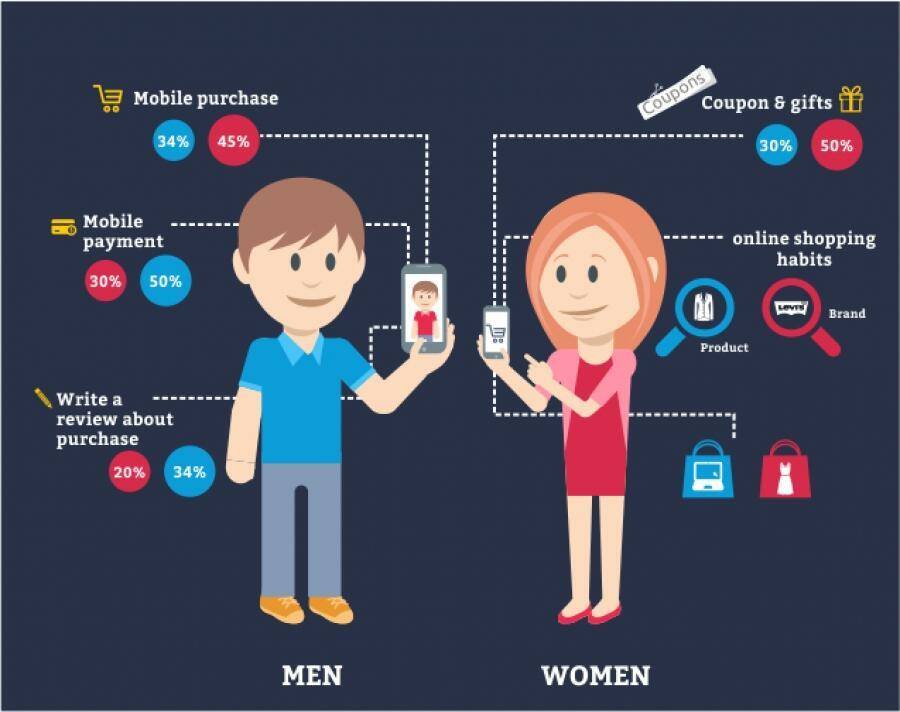[et_pb_section fb_built=”1″ admin_label=”section” _builder_version=”3.22.3″][et_pb_row admin_label=”row” _builder_version=”3.22.3″ background_size=”initial” background_position=”top_left” background_repeat=”repeat”][et_pb_column type=”4_4″ _builder_version=”3.0.47″][et_pb_text admin_label=”Text” _builder_version=”3.0.74″ background_size=”initial” background_position=”top_left” background_repeat=”repeat”]
Online retail is perhaps the most high-profile e-commerce sector. Over the past decade, this sector has experienced both explosive growth and spectacular failures. Many of the early pure-play online-only firms that pioneered the retail marketspace failed. Entrepreneurs and their investors seriously misjudged the factors needed to succeed in this market. But the survivors of this early period emerged much stronger, and along with traditional offline general and specialty merchants, as well as new start-ups, the e-tail space is growing very rapidly and is increasing its reach and size.
Although online retailing is one of the smallest segments of the global retail industry, constituting about 7% of the total retail market today, it is growing at a faster rate than its offline counterparts, with new functionality and product lines being added every day. In the United States, the apparel and accessories category generates the highest percentage of revenue, estimated to be at around $73 billion in 2017.
After clothing, the computers and consumer electronics category generates the second-highest percentage of revenue, estimated at around $58 billion in 2015. Online shopping options for this category include Amazon, direct-manufacturers such as Apple, Dell, HP, and Lenovo, omni-channel chains such as Best Buy, and catalog merchants such as CDW and PC Connection. Books, music, and video are among the original items sold successfully online. This still popular online category is expected to generate an estimated $45 billion in 2017. Leading retailers in this category include Amazon, Apple, Netflix, Google Play, Barnes & Noble, and Hulu. The furniture and home furnishing category is expected to generate an estimated $40 billion in 2017. In the past, the expense of shipping large items such as furniture, mattresses, and rugs was a deterrent to online sales, but that is beginning to change.
Despite the high failure rate of online retailers in the early years, more consumers than ever are shopping online. For most consumers, the advantages of online shopping overcome the disadvantages. In 2015, it is estimated that 50% of all Internet users (around 1.4 billion people) will buy at an online retail store, generating about $1.2 trillion in online retail sales. While the number of new Internet users is not growing as rapidly as it was, this slowdown will not necessarily reduce the growth in online retail e-commerce because the average shopper is spending more on the Internet each year and finding many new categories of items to buy. For instance, in 2003, the average annual amount spent online by U.S. consumers was $675, but by 2016, it had jumped to almost $2,000. The primary beneficiaries of this growing consumer support are not only the pure online companies but also the established offline retailers who have the brand-name recognition, supportive infrastructure, and financial resources to enter the online marketplace successfully.
 |
| Getting the sales numbers is a challenge |
Profitability remains a key issue for online-only retailers. Not many of these companies are public and therefore required to report their financial results, but of the few that are, only a handful were profitable in 2014. Even Amazon reported a net loss.
If you would like to get started on AiHello click here for a free 14 days trial.
[/et_pb_text][/et_pb_column][/et_pb_row][/et_pb_section]




